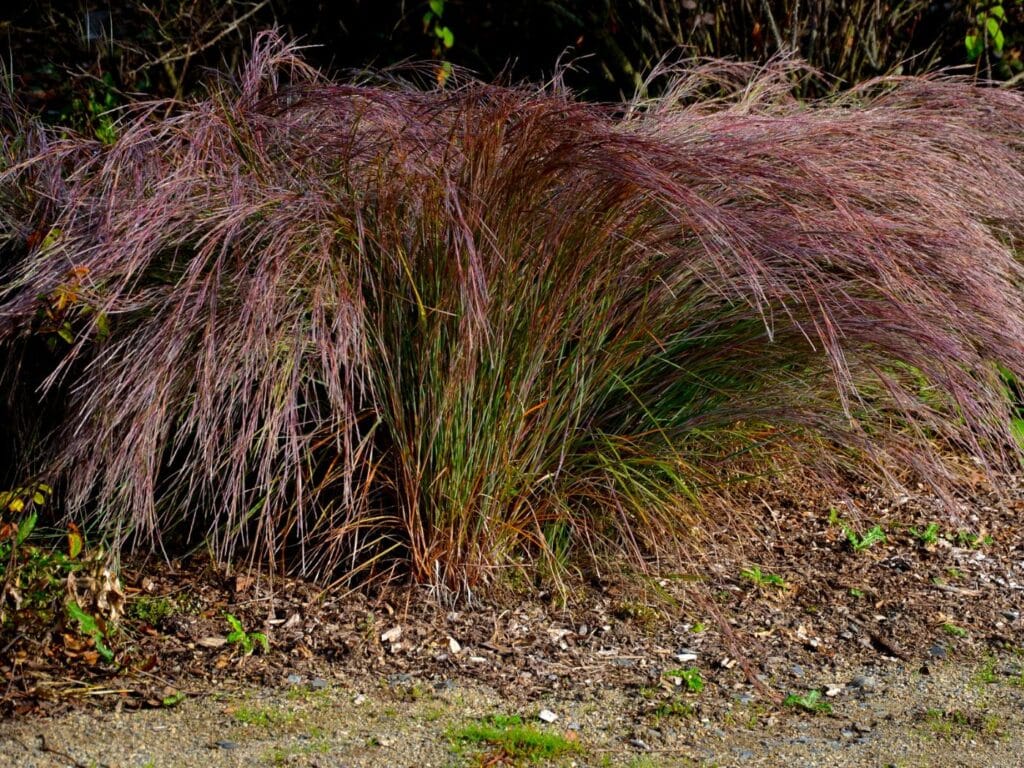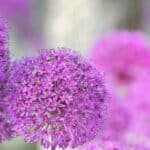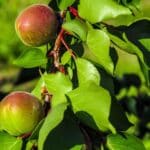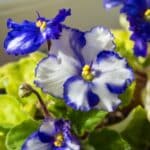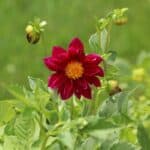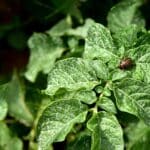Little Bluestem Grass (Schizachyrium Scoparium) or beardgrass is a charming ornamental grass to add to your garden spaces if you want to create a sense of movement or if you want to create a showy effect around a pond or water mass or to create a charming prairie or meadow.
The blue-green leaves of these grasses will add plenty of interest to your garden during spring and summer. This grass variety is, however, at its most charming during winter when it transforms into golden hues and is perfect for creating multi-seasonal interest in your spaces.
Little Bluestem can look a bit plain all on its own but will look splendid if you pair it with companion plants like leadplant, silky aster, purple prairie clover, butterfly weed, rough blazing star, wild lupine, or showy goldenrod. These companion species will add lots of color to your landscape with their showy flowers.
In this guide, we will take a closer look at these companions and discuss different ways to combine them in your garden spaces.
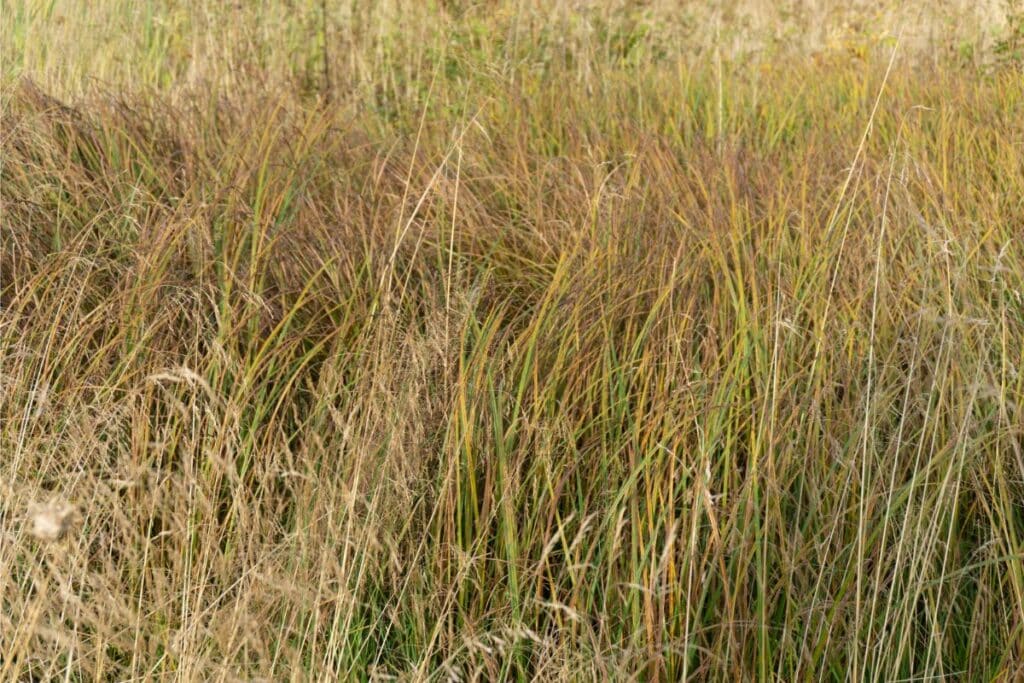
What to Grow with Little Bluestem
This ornamental grass variety will flourish if you combine it with plant species with similar growing conditions.
Little Bluestem should be planted in full sun and will spread well if planted in well-drained, moist soil. It can adapt to dry soil types but will grow a lot slower and form clumps if planted in these dryer conditions.
Here is a quick look at some companion plant species that will grow well in full sun and free-draining soil with lots of moisture.
Leadplant
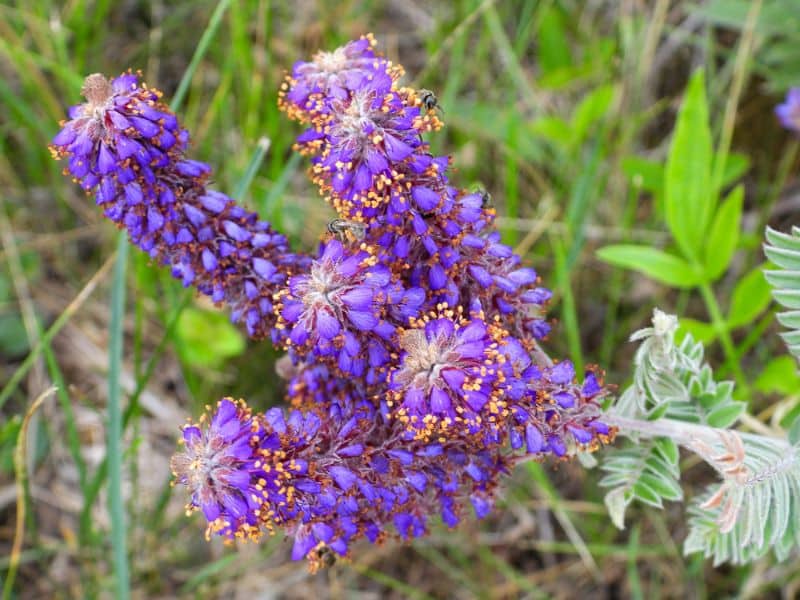
Leadplant (Amorpha canescens), or prairie shoestring or buffalo bellows, is an interesting shrub-like species to include in your garden if you want to create a backdrop for other plants or a mixed border alongside Little Bluestem
This exciting shrub produces purple flowers on tall spikes that look strikingly among the showy ornamental grasses.
You can pair this plant with Little Bluestem in moist or dry soils. It will form appealing clumps in dry soils with a backdrop of leadplant shrubs. In wet soils, they can be mixed together to form hedges.
Silky Aster
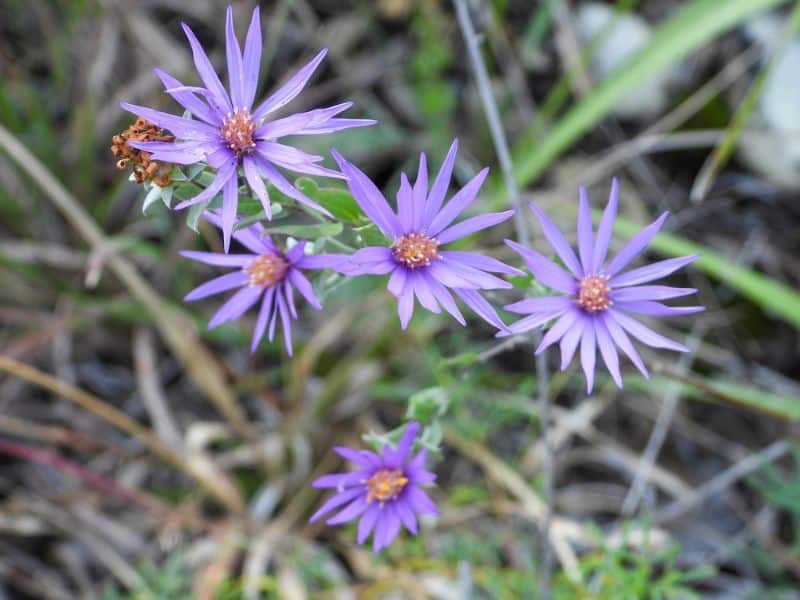
Silky aster (Symphyotrichum sericeum) or western silver aster produces vivid purple star-shaped flowers with delicate leaf petals that will add lots of color and texture to your garden bed. This flowering perennial grows wild along with bluestem grasses on rocky hillsides and will flourish in direct sunlight.
It is best to pair silky asters in dryer areas of your garden because they will develop root rot if it receives too much water. The flowering bushes will look charming if grown among clumps of ornamental grasses.
Purple Prairie Clover

Purple prairie clover (Dalea purpurea), is also a great little bluestem companion plant because it will add lots of texture with its wispy purple flowers on tall stalks. This long-lived plant is native to prairies and commonly grows alongside Little Bluestem. It will grow very well in sunny conditions but prefers dryer soil conditions.
Butterfly Weed

Butterfly weed (Asclepias tuberosa) or milkweed is a great plant to add to your garden if you want to attract many butterflies and pollinators to your open spaces. There are many varieties of this flowering plant, including many flowering colors like orange, red, yellow, and pink.
These plants will flourish in a full sun position, and they prefer sandy soils but will also grow well in clay soil types that drain well. They are drought tolerant but should handle frequent watering very well.
Rough Blazing Star

Rough blazing star (Liatris aspera) will add lots of interest to your garden with its unique fluffy spiky flowers in bright purple hues. These flowering stalks will look charming as they peek out amongst the blue-toned leaves of little bluestem grass.
The flowering perennial needs lots of open sun to flower and grows well in prairies or along roadsides.
Wild Lupine
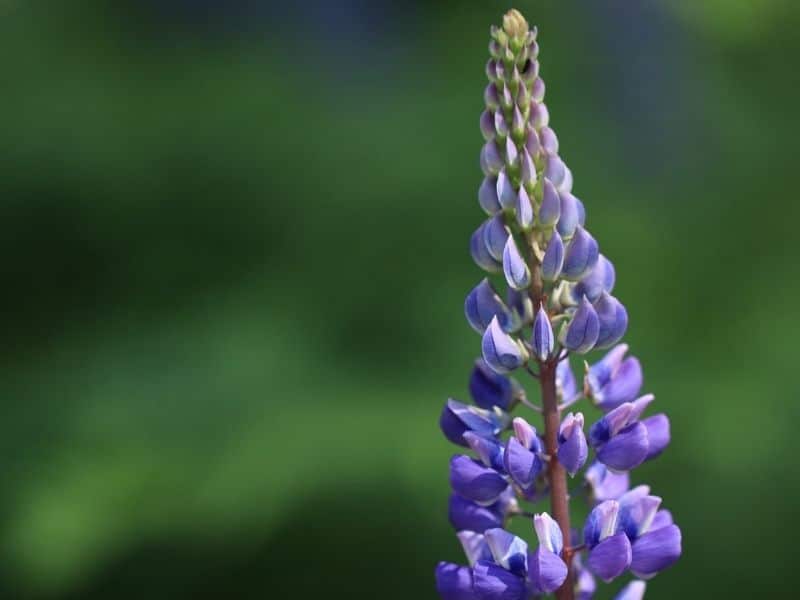
Wild lupine (Lupinus perennis), also known as sundial lupine, blue lupine, or Indian beet, will also complement the blueish tones of little bluestem because it produces blueish-purple, pink, or white flowers on tall spikes. The spiky flowers will add lots of color and vertical interest to your garden or prairies.
Wild lupine will only flower if it receives plenty of direct sun and it should be planted in well-drained soil with frequent watering.
Showy Goldenrod

Showy goldenrod (Solidago Speciosa) is a terrific companion plant for little bluestem grass to create more contrast in your landscapes during summer. These plants produce bright yellow flower clusters that will also complement the golden tones of little Bluestem during fall when the grasses change in hue.
The showy florals should be planted in free-draining soil with plenty of direct sunlight to produce vivid blooms.
What NOT to Grow with Little Bluestem
Little bluestem requires lots of moisture and direct sunlight to flourish. In shaded positions, this grass variety will only flop over and might die. Because it needs so much sunlight, it is best not to grow it with shade plants like begonias, ferns, or hostas.
These ornamental grasses can survive in dryer conditions but it prefers regular moisture. Gardners should try to avoid pairing it with drought-tolerant plant species like lavender since these types of plants can develop root rot in moist soil.
Landscaping Ideas for Little Bluestem and Companions
Little Bluestem has many uses in ornamental gardens and open grassy spaces like prairies. This grass variety and its companion can be combined in many ways to create romantic spaces like the following ones.
Flowering Prairies
Little bluestem can be mass planted along with other flowering wispy plant species like butterfly weed, blazing star, or silky aster to create vivid prairies filled with color and life. The mass-planted mixture of plants will create charming spaces to walk in and will attract plenty of pollinators like bees and butterflies.
Mixed Borders And Hedges
You can use little bluestem and shrubs like leadplant, butterfly weed, or wild lupine to create showy mixed borders or hedges along walkways or in front of walls. These mixed shrubs and grasses will create a texture-rich dense border filled with life and color.
Rocky Spaces Or Around Ponds
Little bluestem naturally grows in rocky areas and will look charming if you pair it with other florals and natural features like large boulders to form rocky spaces that look more natural. You can also use these plant mixtures and rocky elements to enhance the appeal of water masses like fish ponds or lakes.
Final Thoughts
Little Bluestem naturally grows alongside companion plants like leadplant, silky aster, purple prairie clover, butterfly weed, rough blazing star, wild lupine, or showy goldenrod. These companion species are great for enhancing your ornamental grasses’ look and filling out garden spaces.
We hope that our guide made it easier to find suitable companions for little Bluestem and that you can now create the most beautiful spaces around your home or property.
Image by [email protected] – strider944 – WheresWildlife/depositphotos

